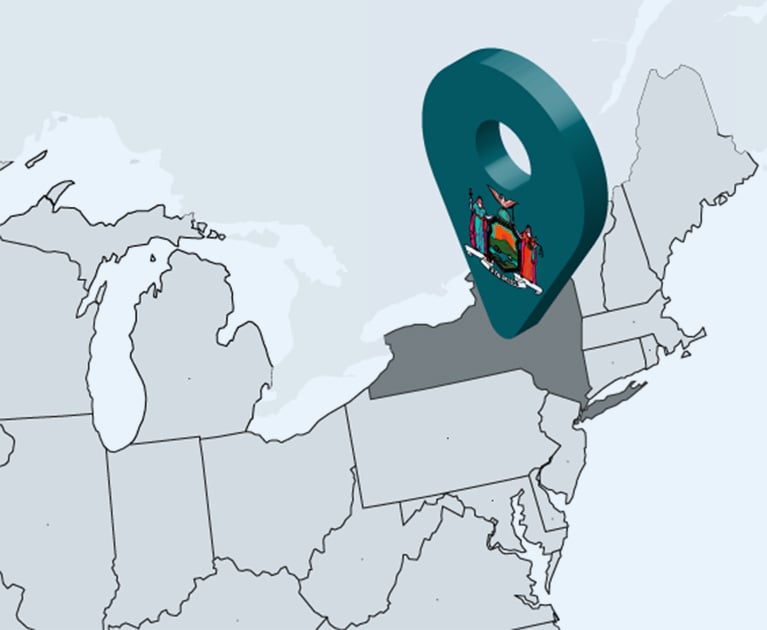 In addition to the programs established and the powers granted as part of the Coronavirus Aid, Relief, and Economic Security Act (the CARES Act), the Treasury Department and Federal Reserve Board of Governors are leveraging the existing powers of the Federal Reserve under §13(3) of the Federal Reserve Act to provide credit to private enterprises under the “exigent” circumstances created by the COVID-19 pandemic. On Thursday, April 9, 2020, they announced that they will establish two new facilities to support lending to midsized businesses that are adversely affected by the COVID-19 pandemic: (1) the Main Street New Loan Facility and (2) the Main Street Expanded Loan Facility (collectively, the facilities). The Main Street New Loan Facility will finance new loans originated on or after April 8, 2020 (new loans). The Main Street Expanded Loan Facility will finance the extension of additional credit (an upsized tranche) with respect to loans originated prior to April 8, 2020. Included in the announcement were “term sheets” that, by their nature, are not exhaustive of the details of the facilities.
In addition to the programs established and the powers granted as part of the Coronavirus Aid, Relief, and Economic Security Act (the CARES Act), the Treasury Department and Federal Reserve Board of Governors are leveraging the existing powers of the Federal Reserve under §13(3) of the Federal Reserve Act to provide credit to private enterprises under the “exigent” circumstances created by the COVID-19 pandemic. On Thursday, April 9, 2020, they announced that they will establish two new facilities to support lending to midsized businesses that are adversely affected by the COVID-19 pandemic: (1) the Main Street New Loan Facility and (2) the Main Street Expanded Loan Facility (collectively, the facilities). The Main Street New Loan Facility will finance new loans originated on or after April 8, 2020 (new loans). The Main Street Expanded Loan Facility will finance the extension of additional credit (an upsized tranche) with respect to loans originated prior to April 8, 2020. Included in the announcement were “term sheets” that, by their nature, are not exhaustive of the details of the facilities.
The programs will work as follows: (1) a single-purpose vehicle (SPV) will be established and the Treasury Department will capitalize it with $75 billion made available under the CARES Act; (2) the Federal Reserve Bank will commit to lending $525 billion to the SPV pursuant to its powers under §13(3) of the Federal Reserve Act; (3) eligible lenders (i.e., federally regulated institutions) may but are not required to make a new loan or provide an upsized tranche for an “Eligible Loan” to “Eligible Businesses”; and (4) the SPV will purchase “participations” equal to 95% of the amount of the new loan or upsized tranche up to a combined $600 billion for both facilities. A participation is an agreement under which economic beneficial ownership of a percentage of a loan is purchased from the lead lender by a participant but under which the lead lender retains the right to administer the loan subject to the terms of the participation agreement. Presumably, lenders will make loans that qualify for the purchase of a participation under the facilities in circumstances where they would not otherwise provide such loans, and in that way the borrowers of such loans that are adversely affected by the COVID-19 pandemic will benefit.






